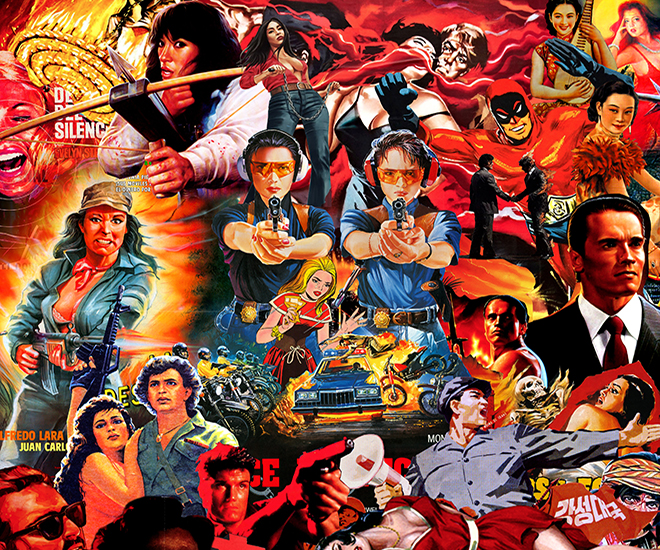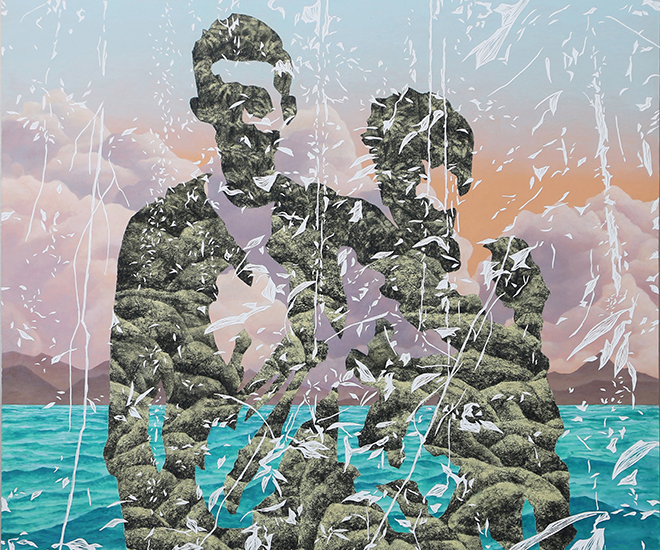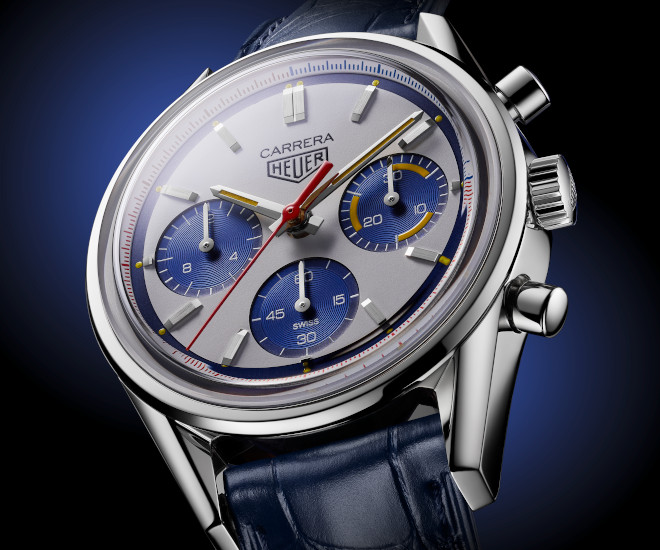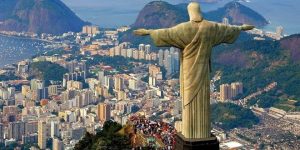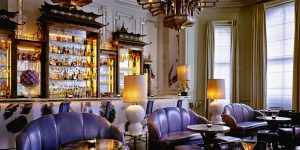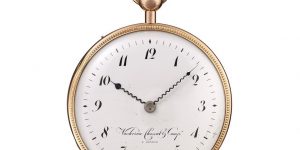A Brief History of Artist Collectives in Southeast Asia
Tanya Singh traces an overview of SEA artist collectives
The twentieth century was witness to significant changes to the social and political landscapes of the Southeast Asian countries— the rise and fall of Sukarno and Suharto, rulers of two of the most impactful regimes in Indonesia; the Philippines’ struggle for independence from its colonisers; the revival of Cambodia from the devastating repercussions of Pol Pot’s authoritarian control; the transition of Singapore from a fishing village to one of the fastest growing economies in the world and so on. Through the years and the adversities, the search for artistic autonomy and the need for social change in the region often brought individuals together, giving birth to some of the region’s most powerful works of art.
While the ideas of artist collaboration and collectives did not originate in the region, the political contexts within which these artist collectives functioned are unique from the rest of the world. Most historical collectives in the region were organised within the concept of “unity in diversity”. While artists formed unions and pledged their allegiance to a unanimous agenda, their painting styles and artistic explorations varied. This is largely opposed to how we understand collectives today which produce works of art in collaboration. Indeed, some of the most successful initiatives in the Southeast Asian region, past and present, stem from a union based on ideology and shared circumstances rather than practice. Therefore, it is worth discussing the achievements of these collectives keeping in mind their individual circumstances and agendas, as well as their influence on the collectives that succeeded them to find a place in the contemporary art world.
Indonesia has perhaps one of the most extensive histories of artist collectives in the region. One of the earliest and the most influential ones was founded by Indonesian Modern artists S. Sudjojono and Agus Djaja in 1938. The PERSAGI, Persatuan Ahli-Ahli Gambar Indonesia, or Union of Indonesian Painters ,was built upon the search for a national creative identity within a colonial setting. However, the 20 artists were not bound by style but by the ideology that art should mirror the viewpoints of the local people. The formation of PERSAGI is considered an important factor in the progression of a nationalist aesthetic in Indonesia that focused on connecting art to the local community. Sudjojono, for instance, known as the Father of Indonesian Modern Art, primarily found inspiration from the local people and the times in which he lived. He was also actively involved in the freedom struggle and often painted historical events in order to glorify the country’s past.

S. Sudjojono, ‘Kami Present, Ibu Pertiwi’ (Stand Guard for our Motherland), 1965, oil on canvas. Image courtesy National Gallery Singapore.
Succeeding the PERSAGI, the Lembaga Kebudayaan Rakyat or LEKRA (Institute for the People’s Culture) took centre stage both in directing the local art scene towards socialist realism and leading public opinion towards democracy. This particular collective did not only unite visual artists, but also brought together writers, musicians and revolutionaries in an attempt to alter the political landscape of their nation. The LEKRA was also probably the largest collective— and one of the most powerful based on the urgency with which it was subdued by the authorities— to have been formed in the region. Prior to being brutally suppressed during the 30 September Movement coup in 1965 by Suharto’s military forces, the collective had reached a count of 100,000 members. Within fifteen years of its existence, the LEKRA managed to gain enough support from the general public to transform into a semi-political organisation or a “people’s movement” that contributed to altering the course of history for Indonesia.
While these artist collectives, due to their overwhelming size and diversity, does not perfectly fit the definition of an artist collective as we understand it today, their accomplishments as collective voices for social and political change are significant, and examples of such initiatives can still be seen in the region.
During the devastating reign of Pol Pot in Cambodia, the White Building in Phnom Penh had become a site for the emergence of modernist artistic thought. The apartment building was primarily occupied by artists, before and after the genocide in 1970s and remains a cultural symbol to this day. While the initial tenants of the White Building never formally announced their union, a number of artist groups and collaborations emerged from the same space after the end of the authoritarian regime.
Stiev Selapak is an art collective founded in 2007 in Cambodia. It traces its roots back to the White Building, and now functions under only three of the founding members, namely Khvay Samnang, Lim Sokchanlina and Vuth Lyno. They come from different creative background and continue their individual practices while adhering to the agenda of the collective. Together, they have made significant contributions to the Cambodian art scene at large. With two artist spaces as well as a resource centre, the collective regularly hosts residencies, facilitates collaborations and offers classes in order to bring art to the local community and continue the legacy of the White Building.
One of the group’s most appreciated projects was to develop an online archive and database which commemorates the living history of the White Building neighbourhood. In collaboration with Big Stories Co., they have built up a resourceful collection of materials, including old photographs, past and recent works of art as well as audio and visual documentations, that provide insight into the creative past of Phnom Penh and its most vibrant neighbourhood.

Khvay Samnang, ‘Human Nature’, 2010-2011, digital C-Print, 80 x 120 cm/120 x 180 cm. Image courtesy the artist.
Further exploring the social and political circumstances that have led to the emergence of artist collectives in Southeast Asia reveals a shift in artistic motivations towards the end of the twentieth century. Artists began to rethink their position, not as voices of the people but as agents of the nation. While their connection to the general masses only grew stronger, the nationalist sentiments began to fade. Artists began to assume the position of the critics of the state, of the authorities and most importantly, of art.
For instance, with the rise of the authoritarian regime came another wave of creative struggle for local artists in Indonesia. The GRSB or the New Art Movement was founded in 1974 to question artistic legitimacy and the institutionalisation of fine art. As their manifesto ‘Fine Art of Emancipation, Emancipation of Fine Art’, presented in Jakarta on 2 May 1987, announced: “A redefinition of fine art is required, to free it from the definition rooted in artes-liberals– seek a new definition which can accommodate every expression of visual art.” The New Art Movement in Indonesia advocated a postmodern approach to art and encouraged the exploration of artistic media such as performance and installation while maintaining contextual focus on social criticism. FX Harsono’s 1975 work, ‘Paling Top’ is one of the best examples to illustrate both the ingenuity as well as inherent critique present in the works of this group.

FX Harsono, ‘Paling Top’, 1975 (remade 2006), plastic rifle, textile, wooden crate, wire mesh and LED tube. Image courtesy National Gallery Singapore.
Another postmodern artistic union is The Artists Village founded by Singaporean artist Tang Da Wu in 1988. The objectives of the artist collective were to “foster and develop an increased consciousness of the importance of the arts” and “their contribution to the Singaporean society”. Against Singapore’s rapid economic developments in the 1980s, the union of creative minds wielded a transformative impact on the Singapore’s art scene, from performance art to new media.
While The Artists Village did not emerge as a reaction to a politically challenging situation as in the case of the GRSB, it was also set up “to critically re-look and examine existing assumptions, values and concepts of art making in Singapore”. The city state was at the time struggling with its identity and retention of local culture in the face of globalisation. Lee Wen’s ‘Yellow Man’ is an artwork that gives visual form to these national anxieties.

Lee Wen, ‘Journey of A Yellow Man No. 11: Multi-Culturalism’, 1997, inkjet print on archival paper. Image courtesy National Gallery Singapore.
As illustrated above, artist collectives in the region go beyond the idea of practical collaboration to unite like-minded individuals who seek to bring about change, whether by means of active participation or direct critique, and they do so by banding together. As Lois Frankel once said, “A lone voice isn’t as important as a collective voice”. Creative thought and activity in Southeast Asia has frequently had a direct relation to the artists’ local socio-political circumstances, and traces of these historical initiatives can still be seen today in the inclination of recent artist collectives to incorporate social criticism and embrace diversity in their bodies of work.
This article was written by Tanya Singh for Art Republik 18.
